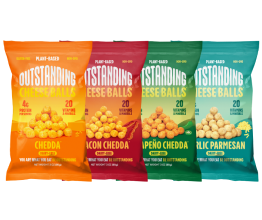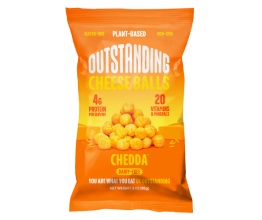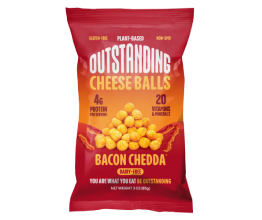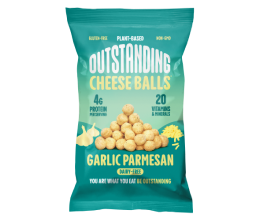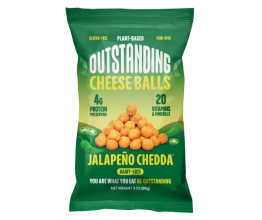The Whole Food Diet: Meal Ideas & Sample Menu
Looking to eat healthier and be a more environmentally conscious consumer? Then a whole food diet is the way to go! And no — we don’t mean by shopping exclusively at a certain supermarket chain.
Whole foods are foods that have not been processed, refined, or added to. Sticking to a whole food diet is healthy for you and the planet, because you avoid putting all that processed junk into your body, and the food you purchase bypasses a lot of environmentally harmful processes.
Sounds like a no-brainer, right? But it’s one thing to say you’re going to try a whole food diet and another thing entirely to follow through. After all, where do you even start? And how many foods actually count as “whole”?
Not to worry — we’ve got you covered. Read on to learn how and why to choose a whole food diet and gain some ideas to get you through an entire day of eating.
What Is a Whole Food Diet?
Let’s start with the basics: What foods count as whole foods? Simply put, whole foods are as close to their original state as possible. They haven’t been modified to remove components or to add artificial ingredients.
Think of it as Instagram sans filters and photoshop - only the real deal up in here!
The term “whole food” doesn’t only mean the food item is literally whole. If you slice an apple or peel an orange, it doesn’t suddenly stop being part of a whole food diet. That would be ridiculous.
Instead, a whole food diet also includes foods made from whole food ingredients without any artificial, processed additives. A whole food diet could include whole grain bread or pasta, or 100% natural fruit juice with no added sugar. But if the label sports a long list of unpronounceable ingredients, that’s a big, fat red flag waving in your face.
Any option with ingredients you can’t really pronounce likely doesn’t fit into a whole food diet.
Why Whole Foods?
So why bother with a whole food diet? First of all, it’s healthier. Not only do you know exactly what you’re eating, but you also know that it hasn’t been stripped of nutrients or pumped full of chemicals and artificial additives.

Second, it’s better for the planet. Processed foods eat up energy and generate tons (literally) of waste, both through the production process and from the packaging they’re wrapped in.
Maybe a better question would be: Why wouldn’t you want to make healthier choices by switching to a whole food diet?
Whole Food Meal Plan for a Day
Now let’s get specific. Here’s a sample meal plan for one day’s worth of eating on a whole food diet:
— Lunch: Make a veggie power bowl with whole food ingredients like chickpeas, quinoa, fresh veggies, fruits, seeds, and nuts.
— Snacks: Don’t cheat on your whole food diet just because it’s snack time! Instead, pig out on crunchy snacks made from whole food ingredients — like our Outstanding Pig Out Crunchies.
— Dinner: Cook up a plate of whole grain pasta and make your own sauce using fresh tomatoes, garlic, and herbs.
While it may be easier to pop a frozen meal in the microwave or grab a bag of chips, your body will thank you for going the extra mile and giving it a tasty whole food diet instead. And who knows? Maybe the real treasure is the cooking hobby you’ll pick up along the way.
Whole Foods: Simply Outstanding
Choosing a whole food diet doesn’t have to be boring or overwhelming. If it is, you’re doing it wrong. Whole foods are all about simplicity — simple ingredients, simple preparation processes, simple but powerful benefits. You’ve got this!
Looking for more healthy eating tips? Follow us on Instagram and Facebook.
